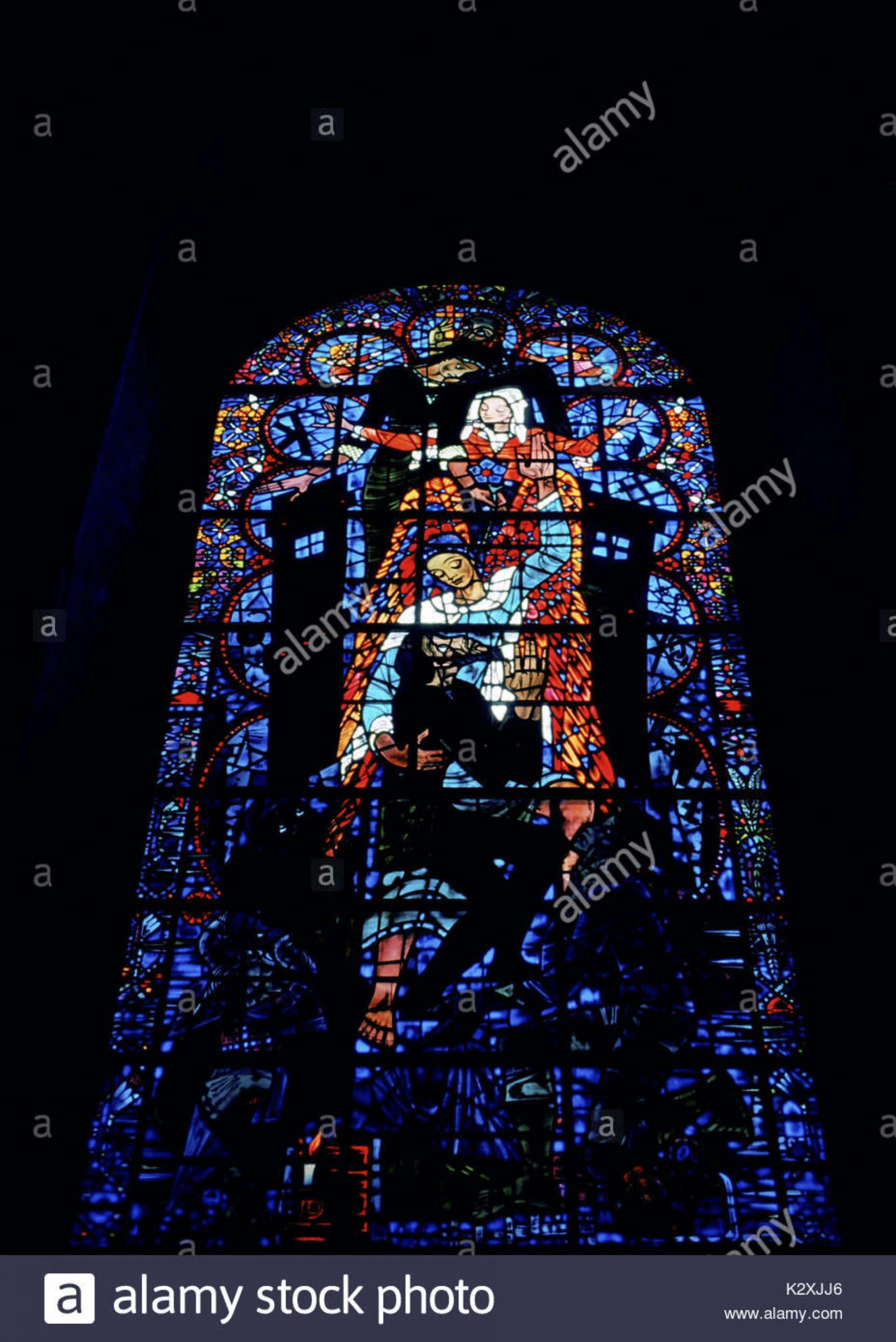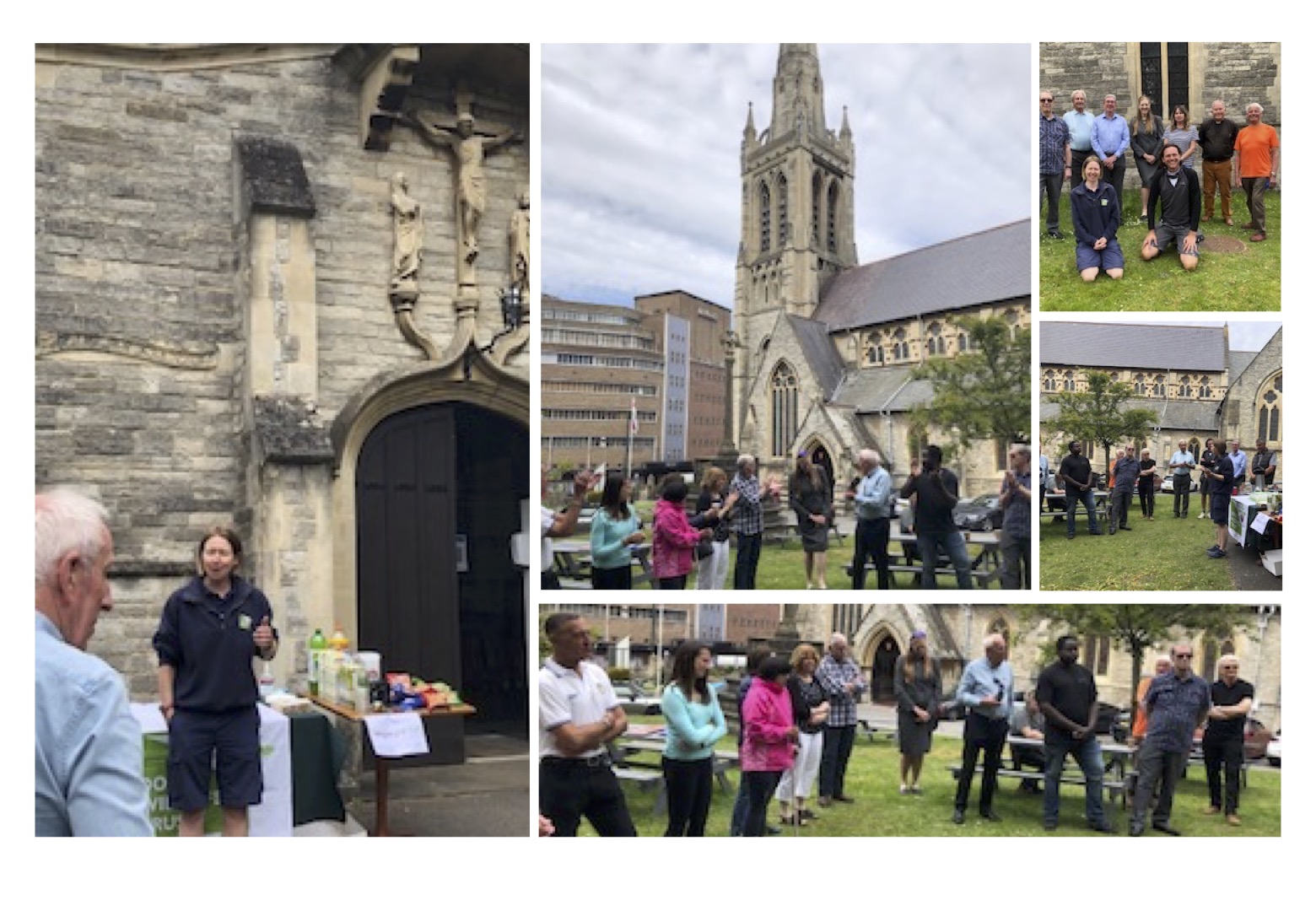Dear Friends,
In April last year, Tom Roberts released a poem on YouTube which has since been viewed tens of millions of times. I shared it with St Peter’s congregation in July and waved his book around, commending it to all and sundry. Called, ‘The Great Realisation’, it’s now been translated into dozens of languages. Tom’s poem is written as a bed-time story to help his younger siblings in lockdown. It’s simple rhymes carry weighty themes. It moves us from pre-pandemic life – ‘a world of waste and wonder, of poverty and plenty’ – towards a kinder world.
It’s view on a pre-pandemic world names the impact of corporate greed, environmental degradation, a world dominated by screens and where relationships are stretched. Tom’s poetic view of the pandemic in those early days (as it feels now) was that in lockdown and fear ‘people dusted off their instincts. They remembered how to smile’. Well, where that was true, it was great! However, whilst simple acts of kindness and solidarity are very much to be celebrated, we have realised a year later that the pandemic is not a “great leveller”. In particular the disproportionate impact on black and minority ethnic communities cannot be overlooked. Certainly, everyone has suffered in different ways, and nothing will ever be quite the same as before, but we do know for sure that the poorest in every society have suffered the worst.
At the heart of Tom Roberts’ poem, the great realisation is that when we were allowed outside again ‘we all preferred the world we found to the one we’d left behind’. Well, that’s a definite maybe.
Any “great realisation” will mean that we discover or initiate things we want to keep; but we might also pause to reflect on what we want to let go of and what we want to return to. How do we, as Christians, committed to working for the common good of our town, adapt, thrive and remain true to our calling in following Jesus?
The body language of the church: what are we saying?
Until March 2020, most of us did not give much thought to our body language – that is, the way in which we communicate without words. Of course, we know that our facial expressions, posture, gestures and even our tone of voice, send a range of ‘signals’. Some are intentional, others unconscious. Before we say a word, we are communicating to those around us. Whether or not they are misread, responded to or not picked up on at all is perhaps something we only learn by how people react – with warmth, hostility, interest or avoidance.
With enforced social distancing measures, it has felt as if we have lost part of our unconsidered language. Before public worship ceased, we stopped shaking hands and hugging at the peace. We went online and we began sharing messages via chat, coming off mute to greet one another or using British Sign Language in a way we’d never been inspired to before.
The question of body language and distance is complex. We accepted that washing our hands was a gesture of care, contributing to the safety of others. We will have to learn how to smile with the eyes as wearing face masks becomes more habitual – or even required. We long for a consoling or friendly embrace; we long for the light touch of reassurance or recognition.
We talk about the Church as the Body of Christ. We draw on St Paul’s imagery of interdependence. We also consider ourselves to be a pilgrim people – walking together step by step. Questions are raised by these images used in these pandemic times.

One of the windows in Canterbury Cathedral, “Salvation”, was designed and created by Hungarian refugee Ervin Bossanyi to replace the Victorian glass destroyed by bombing in 1942. “Salvation” is full of symbolism – of temptation and of guidance; of imprisonment and liberation. It is a compelling image. A contemplative interweaving of figures – figures surrounded by dazzling blue, embodying a range of postures. At the foot of the window, a man looks up beseechingly; his hands held together in prayer. Above him an angel’s wings unfold. An arm reaches around his waist, holding him steady; holding him an embrace. This figure embodies strength, compassion and grace. His upward gaze is met with a smile. An angelic hand is raised aloft – reaching upwards; extending his horizon; lending hope and dignity to this moment of petition – a sign of blessing. Above her, another woman stands with her arms raised and outstretched in a praying position associated with praise and thanksgiving. This tableaux extends further still. Eyes fixed intently on human beings; eyes gazing upwards to light divine. There is release for an individual and flourishing of humanity.
Bossanyi’s design prompts us to think about how and what we, as Christians, communicate to others. Does our body language assert our power or restore dignity; do our expressions reveal compassion or disdain?
Part of the church’s body language as we continue to emerge from lockdown might be to adopt a posture of receptivity, listening carefully to society. Our society will be shaken: by the reality of death and grieving apart; by the loss of livelihoods and trauma of separation; and by the revelation of pre-existing disparities and injustices. The psychological fallout of the pandemic will be felt for some time, along with the economic impact. There is a danger that the most vulnerable, and those who have worked on the frontline of health and social care, will continue to be at most risk.
Reimagining works best with a receptive posture – formed in a community of prayer and guided by mutual accountability. This takes us back to the Bossanyi window “Salvation”: there we see the blessing of all peoples; a movement away from oppression towards liberation; a Spirit-led embrace which brings strength and compassion, but which also gives dignity in the moment and hope for the future. ……………………….
Music has to be at the heart of church and society post-pandemic, and so, on this Sunday when we give thanks for the work and vision of the Royal School of Church Music (RSCM), we also give thanks and pray for our musicians in all three of our town centre churches.
Practical care for those in need is also central to the well-being of church and wider society. Christian Aid donations will be taken to the bank this coming week, so there is still an opportunity to leave a donation this Sunday with sidespeople at our ‘in person’ services. Please, do give generously.

Along with a digital picture of the ‘Salvation’ window, I have attached a few pictures of Friday’s celebration of almost ten months of visionary and effective transformation of St Peter’s Churchyard. Jane Styslinger and Mark Richmond, who both led this marvellous work, were warmly thanked and congratulated. We also celebrated our partnerships in this community-focussed work with the Rotary Club of Bournemouth, BCP Council and the Dorset Wildlife Trust. Warm thanks were extended to DWF’s Katie Wilkinson – who kindly provided a celebratory cake and very welcome refreshments.
This Sunday, 6th June, is Trinity 1. (RSCM Sunday)
Services ‘in person’ will be as follows in our three churches, and there will continue to be a video offering on the usual YouTube channel. Follow this link: TRINITY 1 SERMON
8am Communion at St Peter’s Church, in the Keble Chapel.
At 10am at St Peter’s: The Rev’d Bryan Apps will preach, and I shall preside at Communion.
10.45 St Stephen’s: The Rev’d David Lund.
10am St Augustin’s: The Rev’d Dr Chris Steed
6.30 pm on zoom: ‘Sacred Space’, a contemporary form of Night Prayer, led by the Rev’d Dr Chris Steed. Zoom link: SACRED SPACE ZOOM LINK
Next Sunday, 13th June, 2nd Sunday after Trinity:
8am Communion at St Peter’s.
10am Communion: St Peter’s: I shall preside and preach.
10am Communion: St Augustin’s: The Rev’d John Staples.
10.45 am Mass: St Stephen’s: The Rev’d David Lund.
We look towards Sunday, 27th June, which we shall keep as St Peter’s Day, as the first time since Christmas when we shall be able (we hope) to have a full choir singing – and the congregation to sing hymns with them. Marvellous!
As this will be St Peter’s Patronal Festival – and a time to quietly give thanks for God’s gift of priestly ordination for those who have been ordained at this time – we would particularly welcome gifts to further the work of our Church for the common good of Bournemouth.
St Peter’s Church Gift Day: Friday, 25th June: I shall be in church from 10am until 4pm to receive donations to fund the mission and maintenance of St Peter’s. There will be a celebratory 1pm Jazz Concert in St Peter’s, and this is a welcome opportunity to focus our annual Gift Day on 25th June (you can give by cheque, cash, contactless payment or by covenanting – and, if you are a tax-payer, it will help us gain an extra 25% if you complete a Gift Aid yellow envelope to accompany your very welcome gift). We shall give thanks for those gifts during our Eucharistic worship on 27th.
Parry’s Cafe has now reopened in St Peter’s on Wednesdays, Thursdays and Fridays, 10am – 2pm. Do contact Chris Mayne if you would like to help with the cafe. This is a hugely important part of our welcoming people – all people – to the glorious sacred space that is St Peter’s Church.
Also, on Wednesdays, 4- pm, Lucinda and I are delighted to welcome to a Bible Study meeting in our garden (18 Wimborne Road) anyone who would like to study with us some of the major themes that emerge from St John’s Gospel, asking how these themes shed light on our lives, our closeness to God, and the decisions we make; there will also be some open praying around those themes. All are welcome. We are following Tom Wright’s book, ‘Broken Signposts’.
Enjoy the week!
Ian
The Rev’d Dr Ian Terry
DTh, PhD, MA, FRSA
Team Rector of Bournemouth Town Centre Parish,
Visiting Fellow with Bournemouth University,
18 Wimborne Road, Bournemouth, Dorset BH2 6NT
01202 554058
07733 336047
